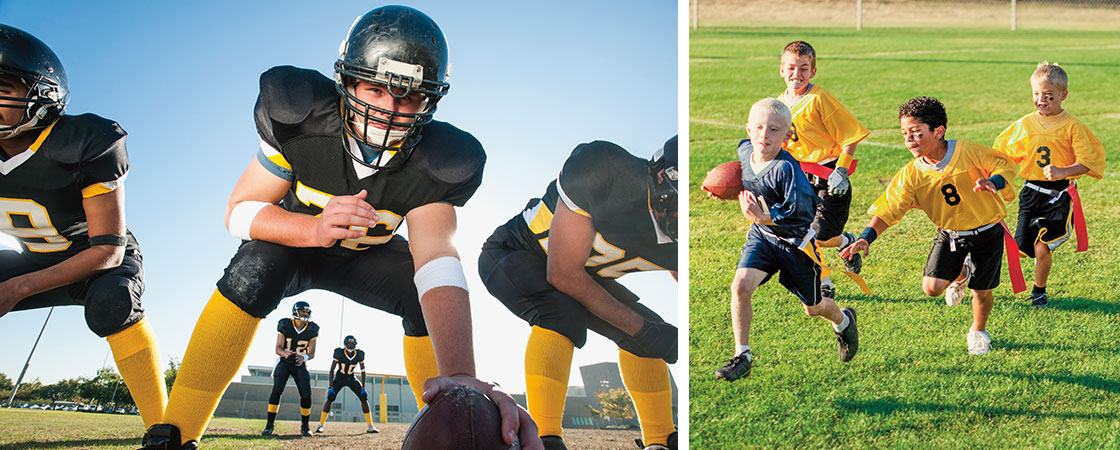A broken finger. Two broken wrists. Stabbing heel pain. A broken spine.
These are the injuries Mark Mills got in the years he played tackle football, from ages 8 to 12. Mark, from Baton Rouge, Louisiana, kept playing after every injury—except when he hurt his spine. That’s when his doctor said he had to quit for good.
The number of kids playing tackle football has dropped over the past 10 years. Many kids are still playing, though. Roughly 1.25 million kids ages 6-12 play tackle.
Now even some NFL players say kids should only play tackle in high school. It’s time to ask: Is playing tackle football a losing idea?
A broken finger. Two broken wrists. Bad heel pain. A broken back.
Mark Mills got these injuries in the years he played tackle football. He played from ages 8 to 12. He kept playing after every injury, except when he hurt his back. That’s when his doctor said he had to quit.
The number of kids playing tackle football has dropped over the past 10 years. But many kids still play tackle football. Roughly 1.25 million kids ages 6-12 play tackle. Even some NFL players say kids should only play tackle in high school. Is playing tackle a losing idea?

